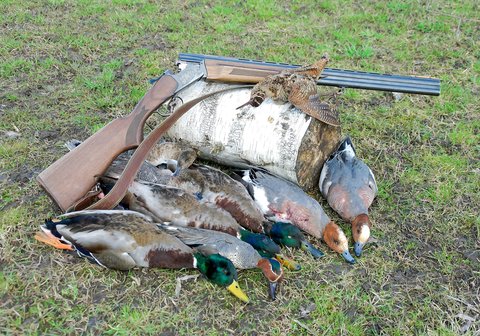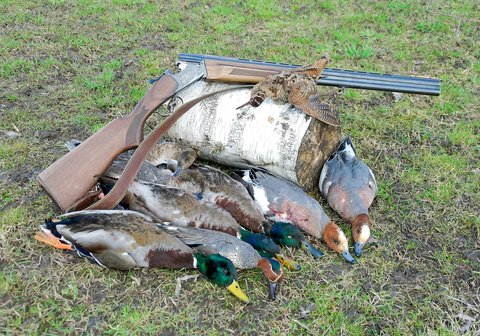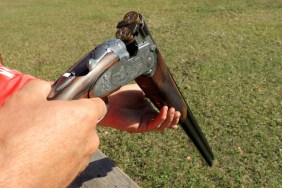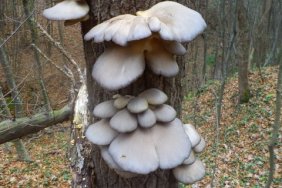
The first of the fall bird hunting seasons are underway, and one of the birds available to early-season hunters in many states is the woodcock.
The woodcock, or timberdoodle, is a migratory bird found throughout woodlands of the eastern portions of the U.S. and Canada. The Mississippi and Atlantic flyways are some of the primary areas the birds can be found.
While some hunters go out specifically for woodcock, especially in the northeastern U.S., many of the birds are taken while ruffed grouse hunting, because the two birds are found in some of the same habitat.
Woodcock are challenging prey, because they hold tight, flush close and are erratic fliers. This is one of the main attractions that brings hunters in search of them each fall.
Seasoned hunters know a dog can come in handy when woodcock hunting, because the birds are so small they can be difficult to find after they are hit. Woodcock can be especially good for training pointing dogs.
Hunting for woodcock is typically more difficult early in the season, because they tend to be scattered, making it harder to find the birds. Look for them around thick stands of alders, around willow or dogwood, or in river lowlands, near moist soil. They especially like low cover.
Usually around the time of the first frost, woodcock are gathering for their migration and start moving south, making them easier to find and shoot. A great place to look for them is in clear-cut areas near aspens or birch, with moist soil.
During their migration, woodcocks are most active for hunting purposes, in the early morning and evening hours, but their actual migration takes place in the dark.
The woodcock’s favorite food is earthworms, which is why they are most often found near moist soil. However, as they prepare for migration they can also be found feeding on berries or wild grapes.
If you find a productive area for woodcock hunting, chances are good it will be a productive area year after year, because woodcock tend to return to the same areas. However, timing is the key in a successful woodcock hunt. Frequent scouting to watch for migrating birds is best way to locate them as they are moving through. Often, hunters have a narrow window to cash in on a quality hunt.
It is also common for the birds to come through in waves, with more northern birds moving first.
A lighter gun like a 20-gauge shotgun, using eight-shot and an improved cylinder choke is the perfect recipe for woodcock hunting.
An added bonus to woodcock hunting is the bird’s meat. Both the breast and legs are good eating. The meat is dark, mild and tender.
Photo credit: Dreamstime








